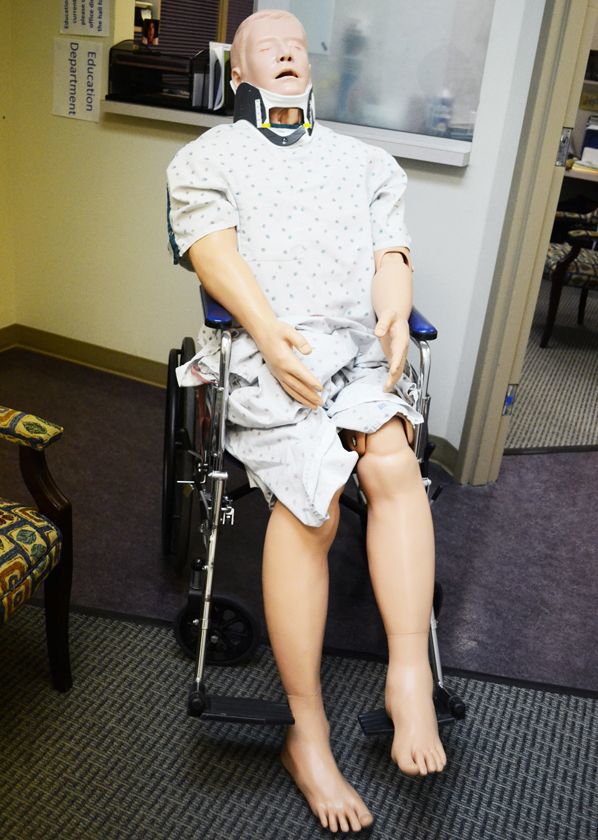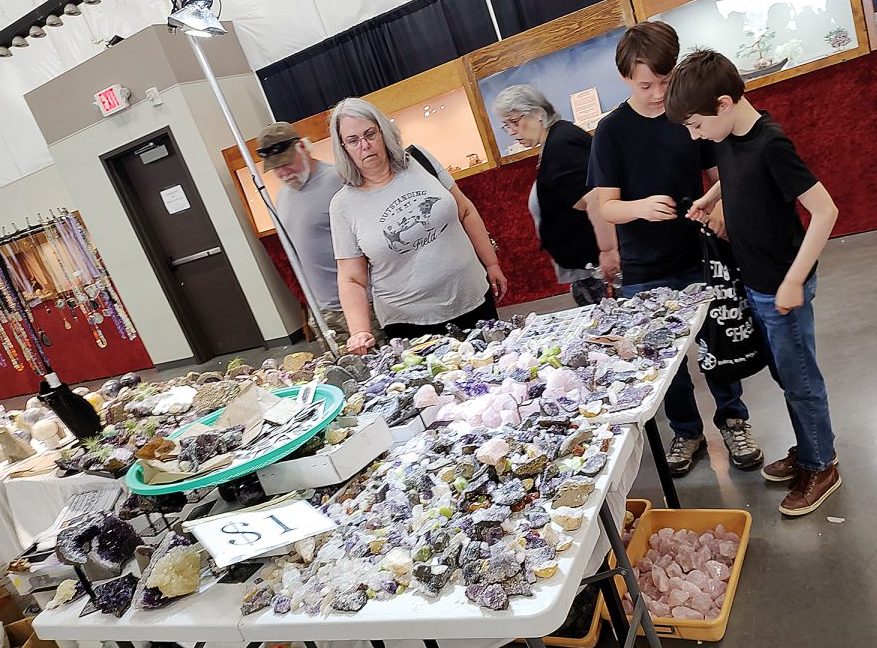Good Shepherd education expansion will improve overall care
Published 8:54 am Thursday, January 15, 2015

- The Good Shepherd Medical Center Education Department expansion is expected to be complete in the next few weeks. Included in the expansion is a simulation room, where healthcare students and professionals will complete training sessions using high-tech simulation mannequins.
Starting this spring, Good Shepherd Medical Center education department will have a few more tools at its disposal that will enhance the level of training for medical professionals and care for patients.
Last year, Good Shepherd announced that it would be expanding its education department by 2,000 square feet at a cost of approximately $500,000. Construction began last summer, and it will be completed in the next couple of weeks.
The expansion is providing the department with not only additional office space and storage, it will also feature a classroom and simulation room, where healthcare professionals will be trained in a controlled environment using high-tech medical mannequins.
“To me, having the simulation lab and all the possibilities that that brings raises the level of training and expertise to an entirely new level,” Juli Gregory, director of education at Good Shepherd Medical Center, said. “For a rural community, and for a community hospital to have that level available for the region, is incredible to me. It is a dream come true.”
Gregory said the simulation room will look like a regular exam room found at the hospital. Rather than diagnose and treat regular patients, nurses, healthcare students and possibly doctors will use the simulation mannequins as the patients to practice for a variety of scenarios they might encounter in a regular hospital setting. Gregory said the hospital plans to have one adult and one child high-tech simulation mannequin available this spring.
Gregory said the hospital currently has two medical mannequins, but their capabilities are limited. One, named Ken-E Breathe, is no more advanced than a typical CPR dummy. The other, named CURT, short for Cardiac Utility Resuscitation Training, can be administered IVs and mimics certain body functions, such as pupil dilation. The new simulation mannequins will be far more advanced, however.
Gregory said the new medical mannequins will be able to, among other things, mimic having seizures, retain pretend bodily fluids and have a simulated pulse and other body functions that can be adjusted by the training adviser using a computer in a separate, but nearby room. The simulation room will also be equipped with cameras, and the training sessions, where the “patients” will be tested and treated for a range of medical ailments, will be recorded and reviewed later so the trainees can be given feedback on their performance. “When you use simulation mannequins with training, you are able to put people in real-life situations without putting somebody at risk,” she said. “They are able to go through a scenario that they will probably have to deal with at some point during their career. They are able to learn from that.”
Gregory said it will take some time to teach staff how to use the mannequins and the equipment in the facility, but, once they are, the training-scenario possibilities are endless. She said the education department already conducts anywhere from 1,500 to 2,000 classes and events per year. About 600 to 700 of those, she said, are specifically for healthcare professionals.
With the extra classroom space from the expansion, department staff will be able offer more educational opportunities and courses.
“We will be able to use this setup here, this simulation lab, to train newly hired nurses, new graduate nurses,” she said. “Potentially, we could use it for newly hired respiratory therapy (technicians). There is just so many potential uses there.”
Gregory said the expansion and, more specifically, the opportunities that the simulation lab will provide, will enhance the level of care patients receive.
“The opportunity to expand what (students) have learned while still in school and to provide the opportunity to experience those scenarios in a safe environment, in addition to what it brings for our own staff, it raises the level,” she said. “I am just so excited about this and what it means for health services.”
She said the facility will benefit more than just hospital staff. It is also intended to be available to other medical professionals in the area, as well as by fire and police departments or other agencies that have staff who may be required to perform medical care.





